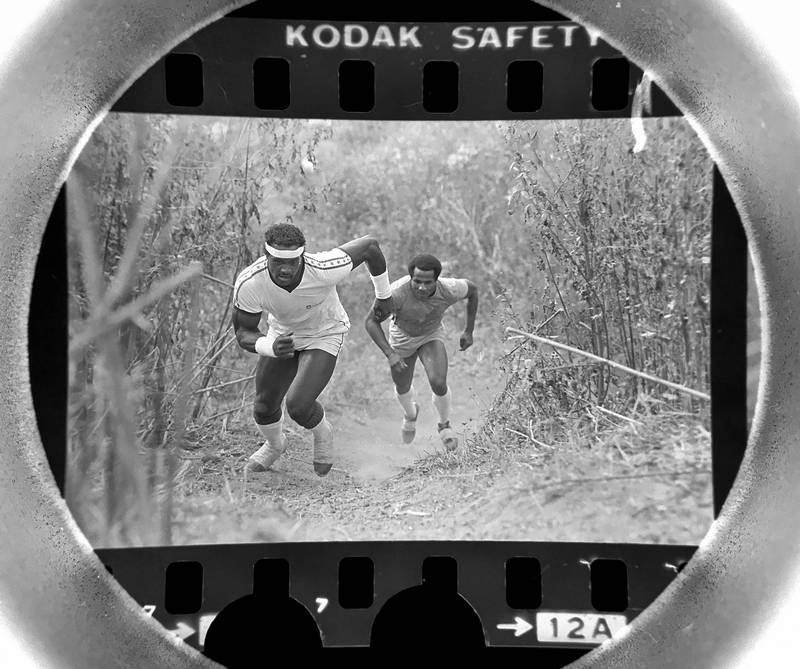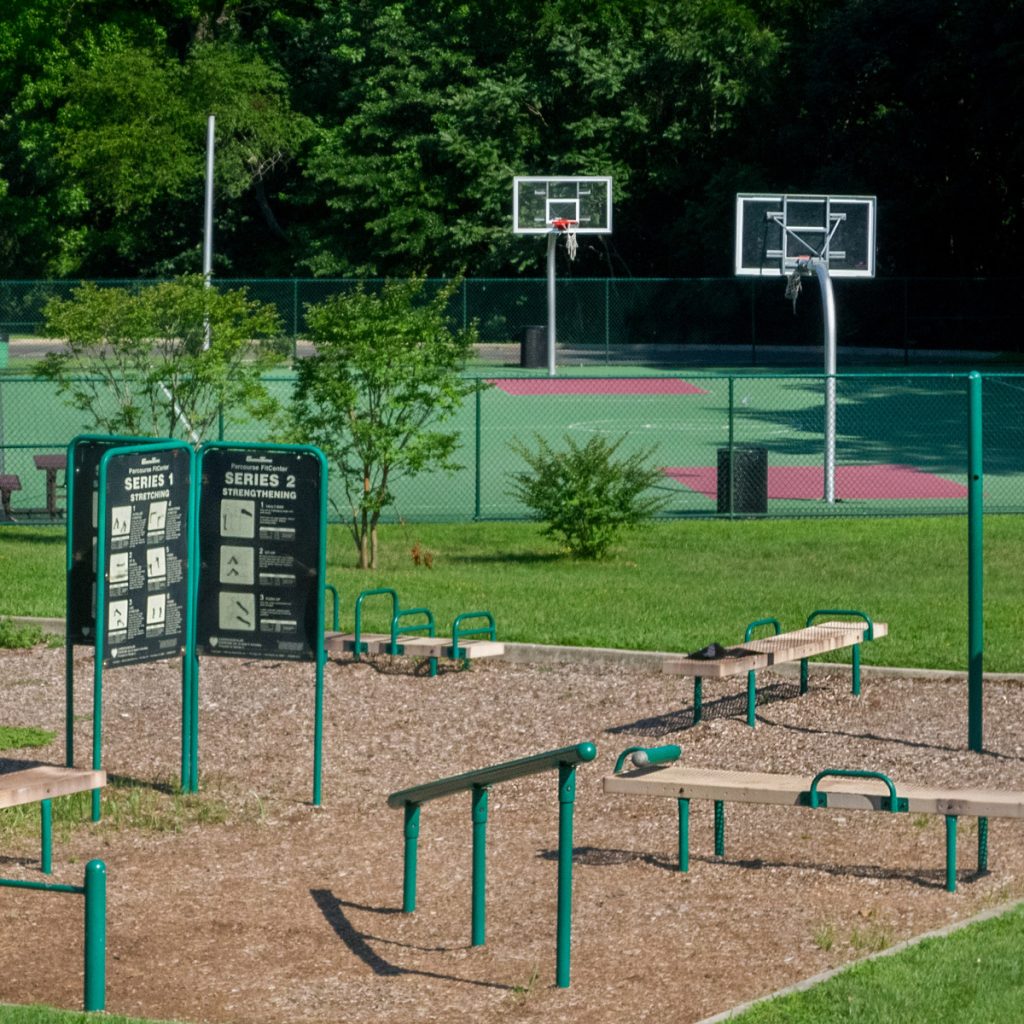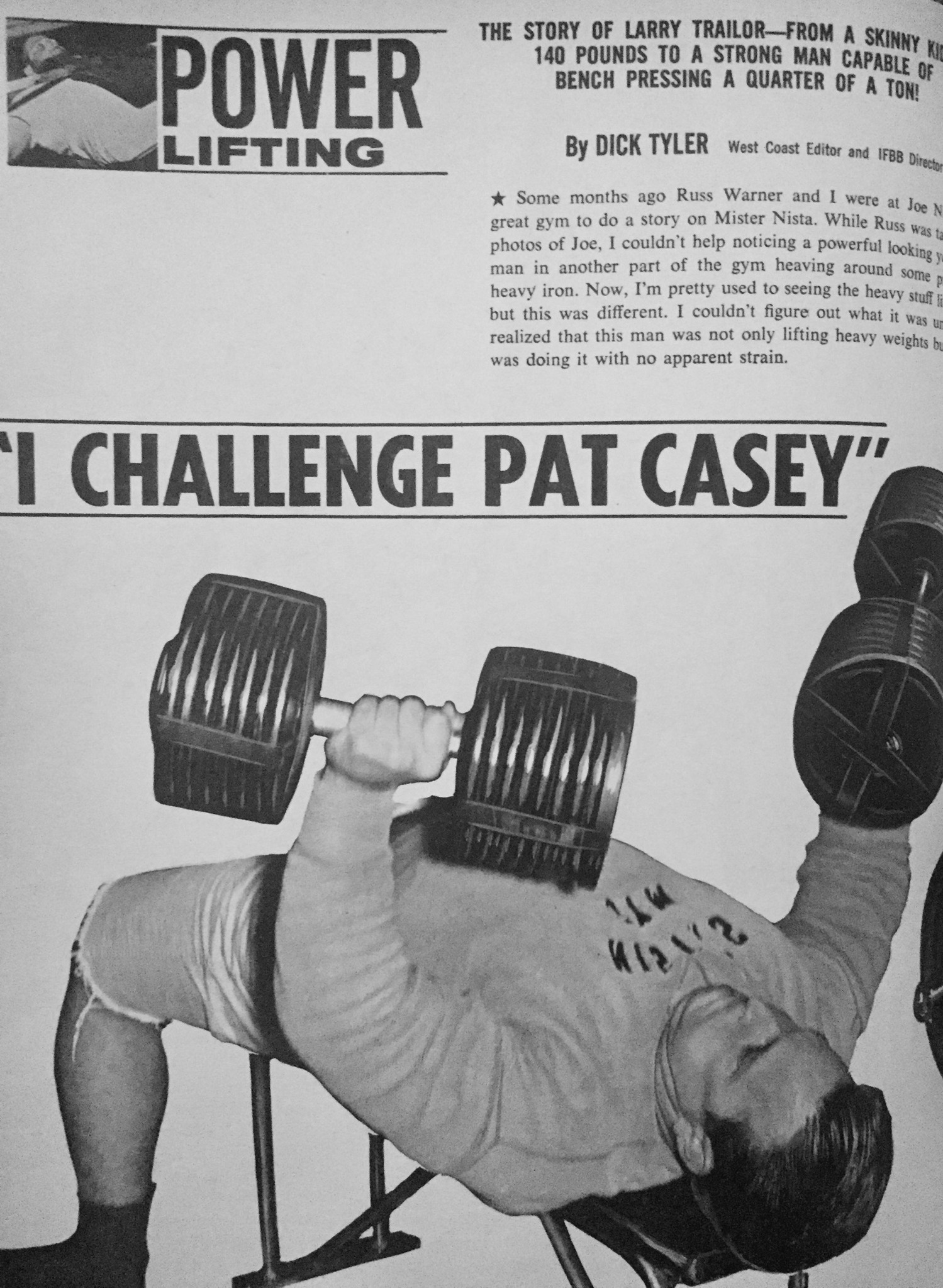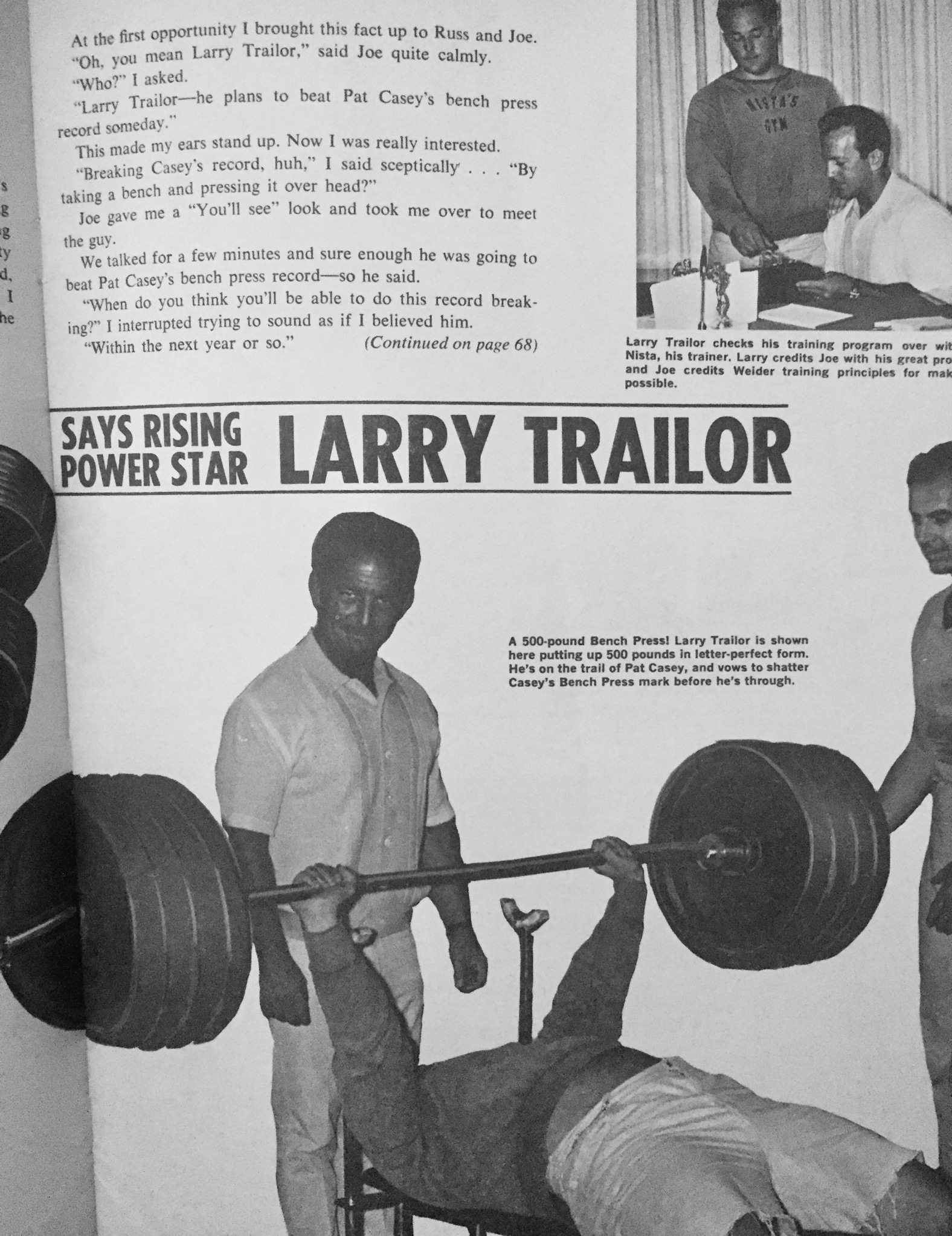
Walter Payton running his infamous hill.
Photo Cred: https://www.dailyherald.com/news/20180618/through-the-film-magnifier-vintage-suburban-photos
Speed & Agility. This phrase has been misused and abused beyond recognition and it IS needed because kids are not outside playing.
The local Basketball court in my town has been empty since I moved here 9 years ago. NEVER have I seen a pick up game of Basketball at this court. Here and there some kids are shooting around but nothing else.
I wonder if Walter Payton and the other greats went to speed & agility school?
I've read how Herschel Walker played tag with the donkey on his farm.
Payton wan the hills. Jerry Rice ran hills and caught bricks when working with his Dad.
When I was training a lot of local Football players, I has them go and play pick up Basketball games and THAT was their "speed & agility" training.
Unfortunately, lifting weights isn't sexy enough. It's too hard, it's too basic. The weights require constantly paying attention to technique. How many 16 yr olds want to focus on technique with a 225 deadlift when their teammates are maxing out with 405 in the high school weight room (with a hunched over back)?
But those who know, KNOW.
Cal Dietz uses tri phasic with slow eccentrics to give athletes improved agility. Because after all, how do you change directions quickly without improving eccentric strength?
And, how do kids get injured the most? is it while running straight ahead or when cutting / turning? The rise of knee injuries is a sign of athletes who are NOT physically prepared for the demands of the game.
Too much time avoiding proper strength work that has a transfer of training.
When I incorporate our speed & agility work, I like to implement this through games. Games that test the athlete in a more "real world" setting where I can see who can handle not just the physical aspect but also the emotional aspect.
I've seen kids quit during Ultimate Football Games because the other team was winning.
I've seen Wrestlers fear wrestling someone else on the grass because they're so used to having rules and referee, everything "perfect".
I've seen Football players breaking emotionally at teammates during tag games, blaming others and acting like spoiled kids.
These are teachable moments and also shows you what you need to work on as a Coach to improve this athlete for the REAL competitions.
Here are some of my favorite ways to implement speed & agility training under game circumstances. When mistakes happen, this is when I stop and teach body mechanics and positions.
But still, there are NO kids playing outside, no wonder we need to "teach kids how to run". How insane does that sound?

1) Ultimate Football - played just like Ultimate Frisbee, but, allow the receiver to run until tagged.
2) Capture the Flag / Tag - Start the game with 1 or 2 taggers in the middle of the field, then call out athletes to run and try to get to the other side without being tagged. Once tagged, the runner joins the taggers until there is only 1 runner left.
3) Tug of War - Look at the position of the athletes fighting. They drop their enter of gravity and drive their feet into the ground. When changing directions, athletes must lower their center of gravity. Weak legs = poor agility.
I've seen athletes use a tire for this tug of war which is brutal on the grip as well.
4) Pick Up Basketball - I know, groundbreaking information, right? Run, jump, back pedal, lateral shuffle, change directions. Play and keep playing. Or, give up because your tired?
In sports, if you're out of shape you will crumble mentally. Basketball games for hours on end will get you fast and tough.
Back in the Original Edison Underground days, I used to tell the guys to play pick up ball at Roosevelt Park. I told them, if you can hang with the guys over there you'll be on Varsity. Those guys played legit street ball and had NO mercy on anyone on those courts.
5) Dodge Ball - Be careful as you might get arrested playing this game. You can use multiple balls here. The athletes are jumping, level changes, moving the hips and avoiding contact.
Here's the bottom line: These games inspire competition. And they take time and need to be repeated. We can teach athletes through cone drills but I have found these athletes need to be highly motivated to attack those cone drills.
The bottom line? Get out and play.
I fear those days are gone. Playgrounds are empty and sports facilities are getting so bag you can play indoor Baseball games, how crazy is that?
Tag has been outlawed in most schools and running is even banned during recess in countless places.
Final Lesson / Story to share......
I recall being a Football event for NJ high schools and it was invite only. The team with the most players invited was from the inner city and 1 of the most dangerous cities in NJ. It's a place where kids still play street ball and there is no such thing as a strength coach or speed training school. Yet this school has 4 - 5 x the amount of Football players invited to this event. The invitation came to the top 100 recruits in NJ. This schools had about 12 players, other schools had 1 or 2!
_______________________________
Here's a GREAT excerpt from the late Bill Starr regarding "What it Takes", the full article is from Starting Strength & can be read HERE.
The solution is not at all difficult, but few are willing to do what is needed to be done, and that is to work harder than your opponents.
This has been a truism in sports for as long as I can remember and it hasn’t changed. The athlete who puts in the longer hours in the weight room, polishing his technique and pushing his workload and top-end numbers up, will come out on top. There’s no magic formula and drugs are no longer an option. It all comes down to who has the greatest desire to succeed.
When I first got into strength coaching, things were vastly different than they are now. When I ran the programs at the University of Maryland, the University of Hawaii, and at Johns Hopkins, I was the only strength coach. Same for when I trained the Baltimore Colts and Baltimore Stallions of the CFL.
Now, I see that some universities employ over a dozen strength coaches, one for nearly every sport played. Little wonder that not much gets accomplished: too many cooks spoil the broth. In my various university positions, I was totally in charge. Every athlete from every sport started out on the same routine. There weren’t separate programs for baseball, basketball, soccer, football, and lacrosse because there was no need for them.
The purpose in the beginning is the same for everyone – build a solid foundation and learn how to do the exercises in the routine. The strength coach was given a free hand and there was no interference from the other sports coaches.
Then, in the mid-nineties, this began to change. The sports coaches wanted more say in what was done in the weight room. This usually came about after they had attended a convention where some authority on strength and conditioning gave a talk on a program he designed. The sports coach wanted to do that instead of the one I had been using with success.
Or, more frequently, they wanted to add to what I was already doing, using plyometrics or some other gimmicks to enhance foot speed, agility, or balance.
I argued that all of these attributes can be improved simply by doing high-skill exercises, such as full cleans and snatches. Yet they persisted, and since I then had no control over what they did with their teams, the strength gains were not nearly as impressive as before.
__________________________




3 Responses
Tell ’em, Zach!
I remember when I lived in New England, we’d play hockey on a local pond.
Completely unsupervised.
No adults
No coaches
No protective gear
No rules (sometimes)
Plus we would walk there in the middle of winter .
Sometimes someone would build a fire on the ice. That was great but we usually just played until our feet were so numb we had to head home, walking of course.
Those were some of my best memories growing up.
Frank I remember this! Playing Hockey at the local pond, which ironically, we barely see the pond freeze anymore? STRANGE.
Also played street hockey after the plows cleared the street and the snow was packed hard on the road.
BMX riding in the snow, we would jump the snow at the school parking lot after they plowed the snow on end of the parking lot, we brought a piece of plywood and created a huge ramp.
We would do crazy bike jumps and land in a huge pile of snow!
Havne’t seen kids do that for 30+ years 🙁
Kids nowadays have no idea what they are missing. All of those things plus some good brawls every now and then toughen a kid up.